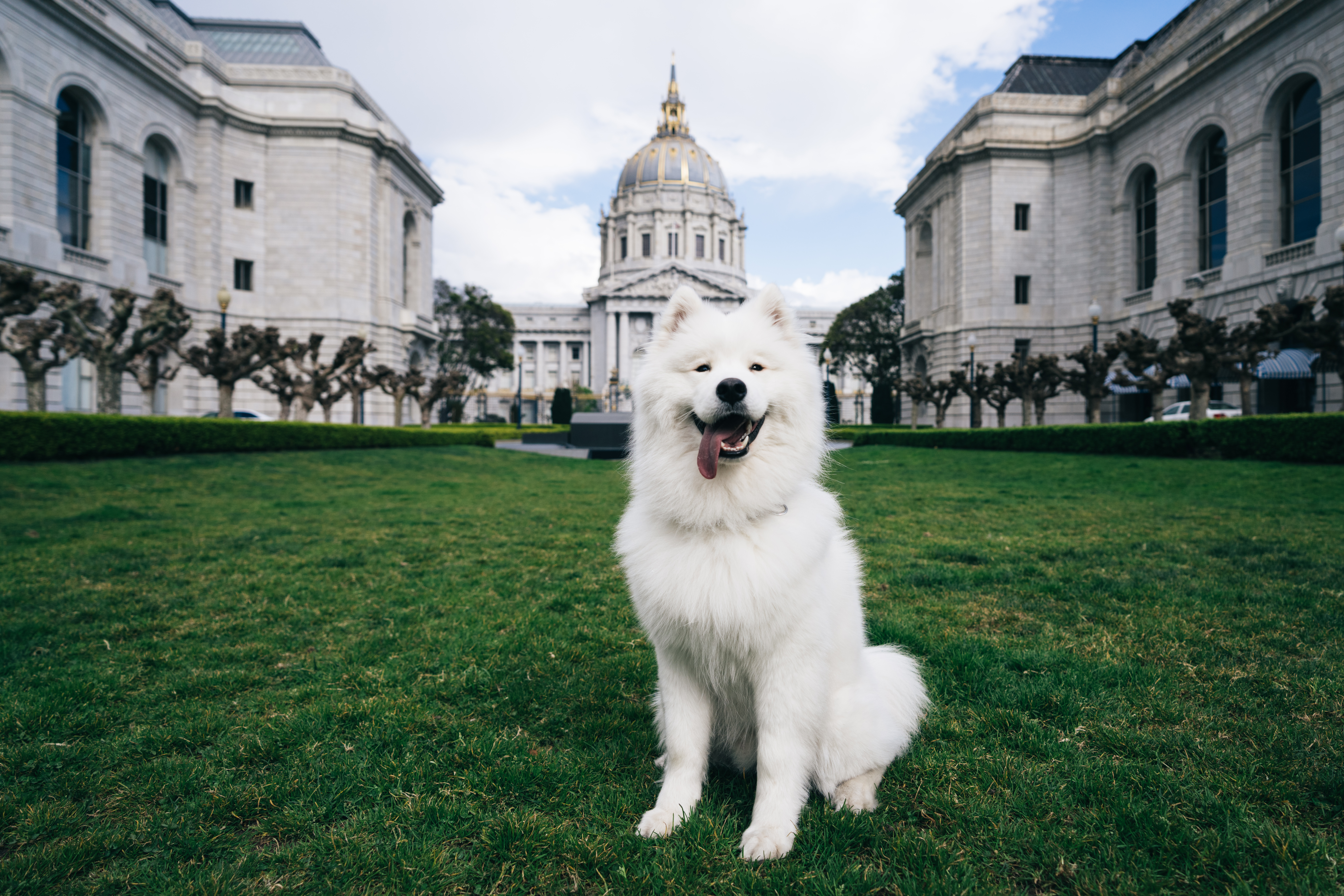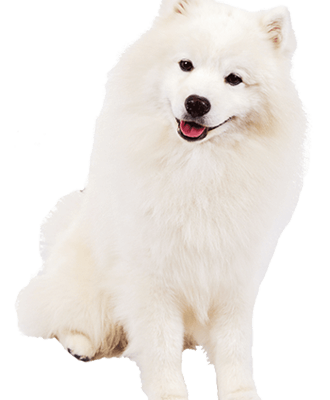The American Eskimo Dog health issues? Also known as the “Eskie,” is a beautiful and intelligent breed that brings joy to many families. Like any dog breed, they are prone to certain health issues that require attention and care. In this article, we will explore the common health problems that may affect American Eskimo Dogs and provide helpful tips on how to keep your furry friend healthy and happy.
1. Hip Dysplasia: A Challenge to Mobility

Hip dysplasia is a common orthopedic condition that affects many dog breeds, including American Eskimo Dogs. It is characterized by an abnormal formation of the hip socket, leading to joint instability and eventual arthritis. Recognizing the signs of hip dysplasia early on can help mitigate the effects and ensure a better quality of life for your pet.
1.1 Symptoms of Hip Dysplasia
- Difficulty or reluctance to stand up or walk
- Stiffness and lameness in hind legs
- Bunny-hopping gait (using both hind legs simultaneously)
- Decreased range of motion in the hip joints
- Audible clicking sound when walking or running
1.2 Treatment and Management
- Consult with a veterinarian for an accurate diagnosis through physical examination and X-rays.
- Weight management to reduce stress on the joints.
- Low-impact exercise routines to strengthen muscles without putting excessive strain on the hips.
- Medications and supplements recommended by your vet to alleviate pain and inflammation.
- Surgical intervention in severe cases where other treatment options prove ineffective.
2. Progressive Retinal Atrophy (PRA): Maintaining Vision

Progressive retinal atrophy is an inherited eye disorder that affects the photoreceptor cells in the retina. This condition typically leads to gradual vision loss and, unfortunately, has no cure. However, early detection and proper management can slow down the progression of PRA and help your American Eskimo Dog adapt to limited vision.
2.1 Signs of Progressive Retinal Atrophy
- Night blindness (initially)
- Dilated pupils
- Cloudy appearance of the eyes
- Loss of peripheral vision
- Complete blindness (in advanced stages)
2.2 Care for Dogs with PRA
- Regular veterinary eye exams to monitor the progression of the disease.
- Provide a safe and familiar environment to minimize accidents.
- Avoid rearranging furniture to prevent disorientation.
- Use verbal cues and touch to guide your dog.
- Consider using protective eyewear or artificial lens implants in consultation with a veterinary ophthalmologist.
3. Dental Issues: Keeping Those Pearly Whites Healthy

Like humans, dogs are susceptible to dental problems that can lead to pain, infections, and other health complications. Paying attention to your American Eskimo Dog’s oral health is crucial for their overall well-being and longevity.
3.1 Common Dental Problems
- Plaque and tartar buildup
- Gum disease (gingivitis)
- Tooth decay
- Tooth loss
- Oral tumors
3.2 Dental Care Tips
- Regular brushing of teeth with dog-specific toothpaste and brush.
- Providing appropriate chew toys and dental treats that help clean teeth.
- Scheduling professional dental cleanings under anesthesia as recommended by your veterinarian.
- Monitoring your dog’s eating habits and seeking veterinary attention if you notice signs of discomfort while chewing.
Conclusion

Understanding and addressing the potential health issues faced by American Eskimo Dogs is essential for responsible pet ownership. By staying vigilant and proactive, you can ensure your furry companion leads a happy, healthy life. Regular veterinary check-ups, a balanced diet, exercise, and lots of love will go a long way in keeping your beloved American Eskimo Dog in optimal health.




